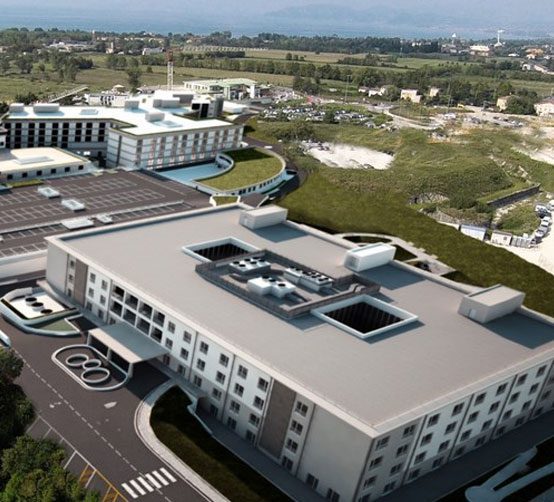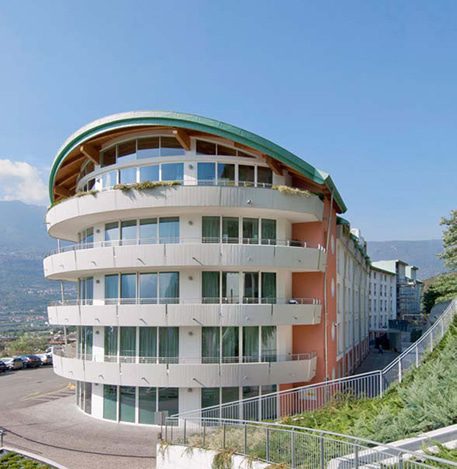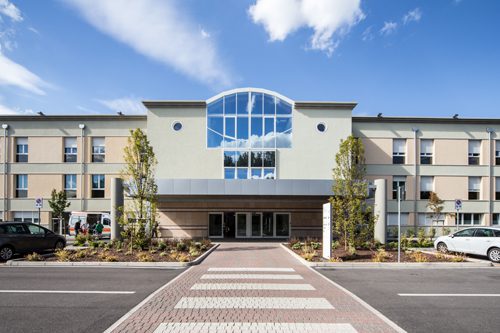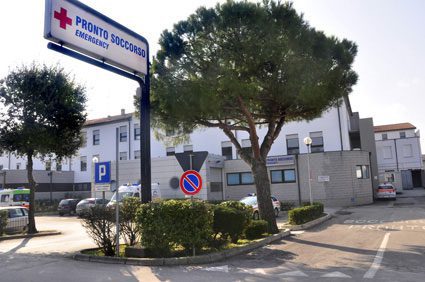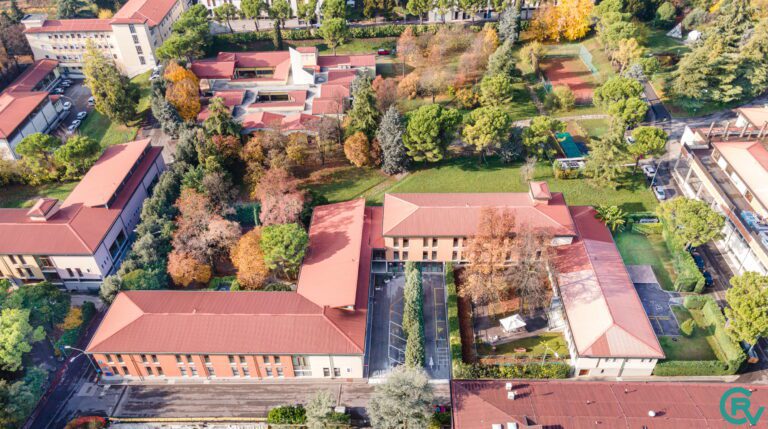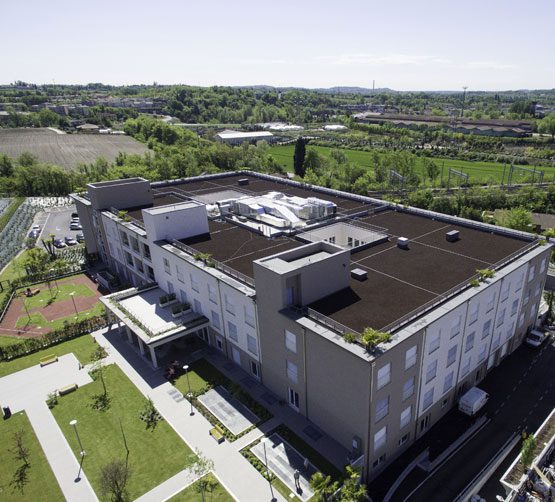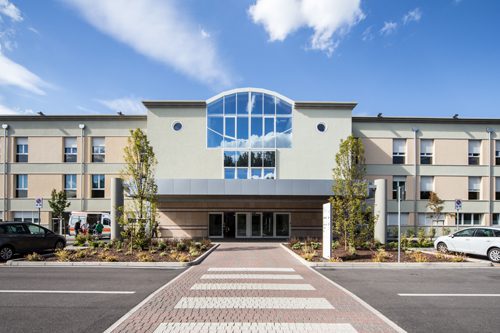From 10 to 12 April, Parma hosted the National Congress of the Italian Society of Neurological Rehabilitation (SIRN), an event of great scientific importance with the participation of numerous specialists from all over Italy. The event was an important opportunity for discussion and updating, during which the multidisciplinary team of the Casa di Cura Città di Rovigo presented the results of four research projects, sharing clinical experiences and significant data with professionals in the field. Among the protagonists was Dr Berto, a physiatrist in the rehabilitation ward directed by Dr Massimo Iannilli, who participated alongside Dr Incao, Dr Pellegrini and Dr Assumma, specialists in Physical and Rehabilitation Medicine at the University of Verona, illustrating the results obtained in the treatment of patients with severe neurological damage. The presentation highlighted the effectiveness of an integrated approach, which synergistically involves doctors, physiotherapists, occupational therapists, speech therapists, psychologists and nurses in promoting faster and more complete recovery, even in the most complex clinical cases.
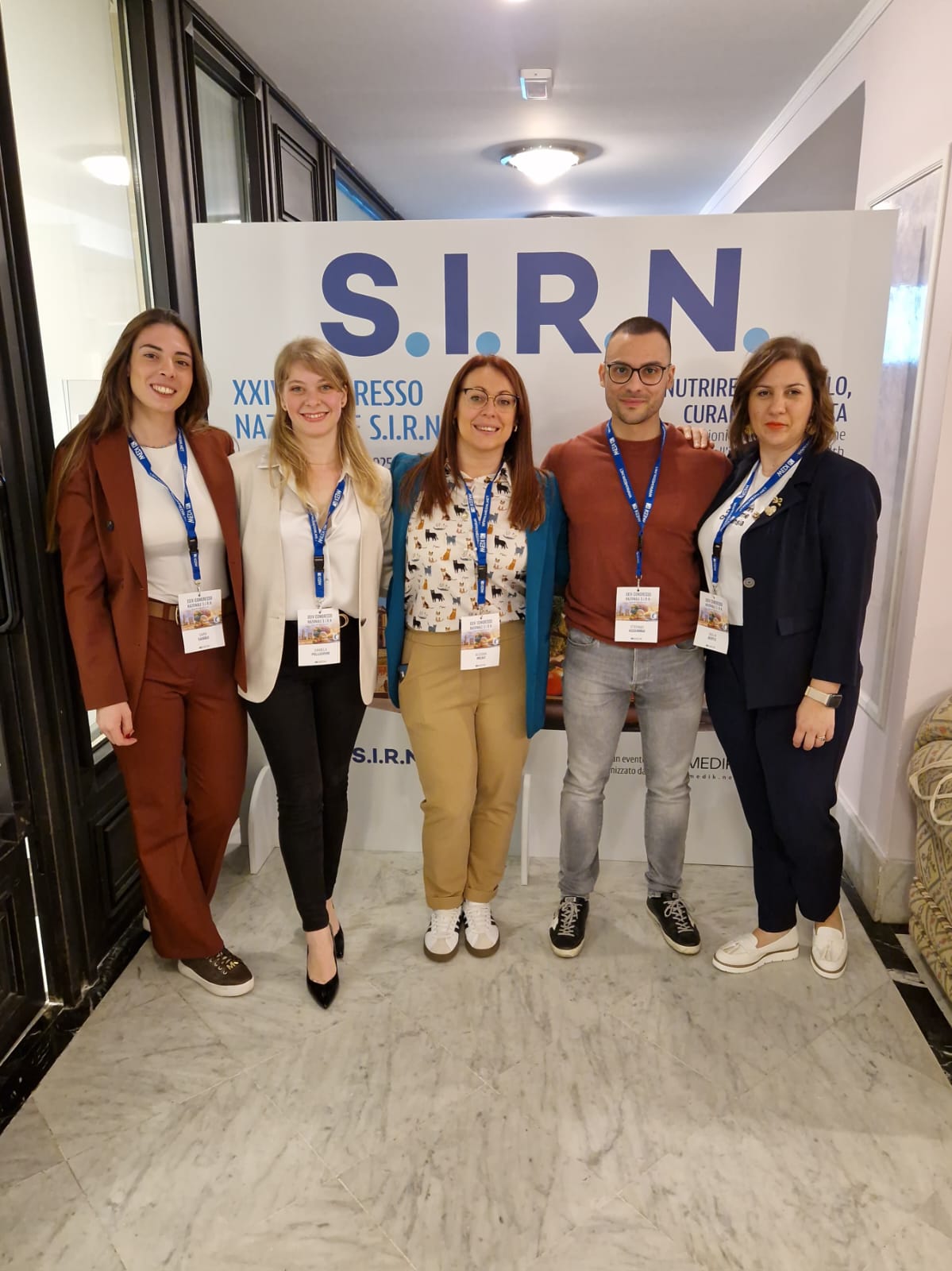

Dr Pellegrini presented a study comparing two clinical cases of Guillain-Barré syndrome, both characterised by an initially unfavourable prognosis. Despite the severity of the condition, one year after the acute event, the patients had recovered a good level of motor function. The rehabilitation programme, built on a multidisciplinary basis, made it possible to optimise the timing and significantly improve the quality of recovery. Also of particular note was the presentation by Dr Berto, who compared the rehabilitation programmes and clinical outcomes of patients with brain tumours and patients with cerebrovascular diseases. Although starting from different neurological conditions, the two groups benefited from common strategies, made possible by close collaboration between specialists, with a positive impact on the patients’ quality of life.
Later, Dr Incao illustrated the protocol for decannulation of tracheostomised patients during intensive rehabilitation hospitalisation. The study highlighted how continuous monitoring and multidisciplinary collaboration between doctors, physiotherapists and nurses improved the effectiveness and safety of this delicate process, significantly reducing risks and optimising the entire rehabilitation process.
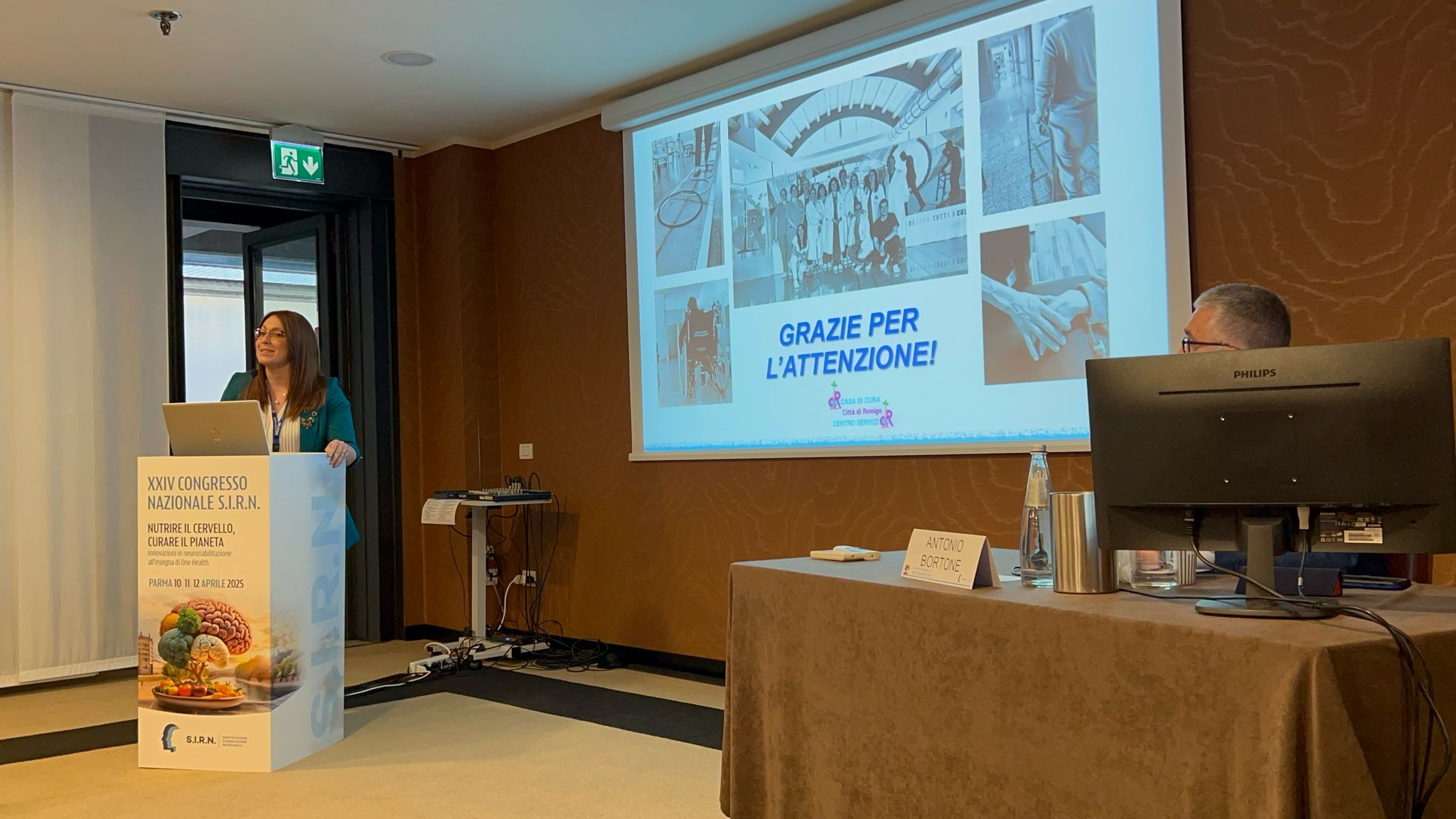
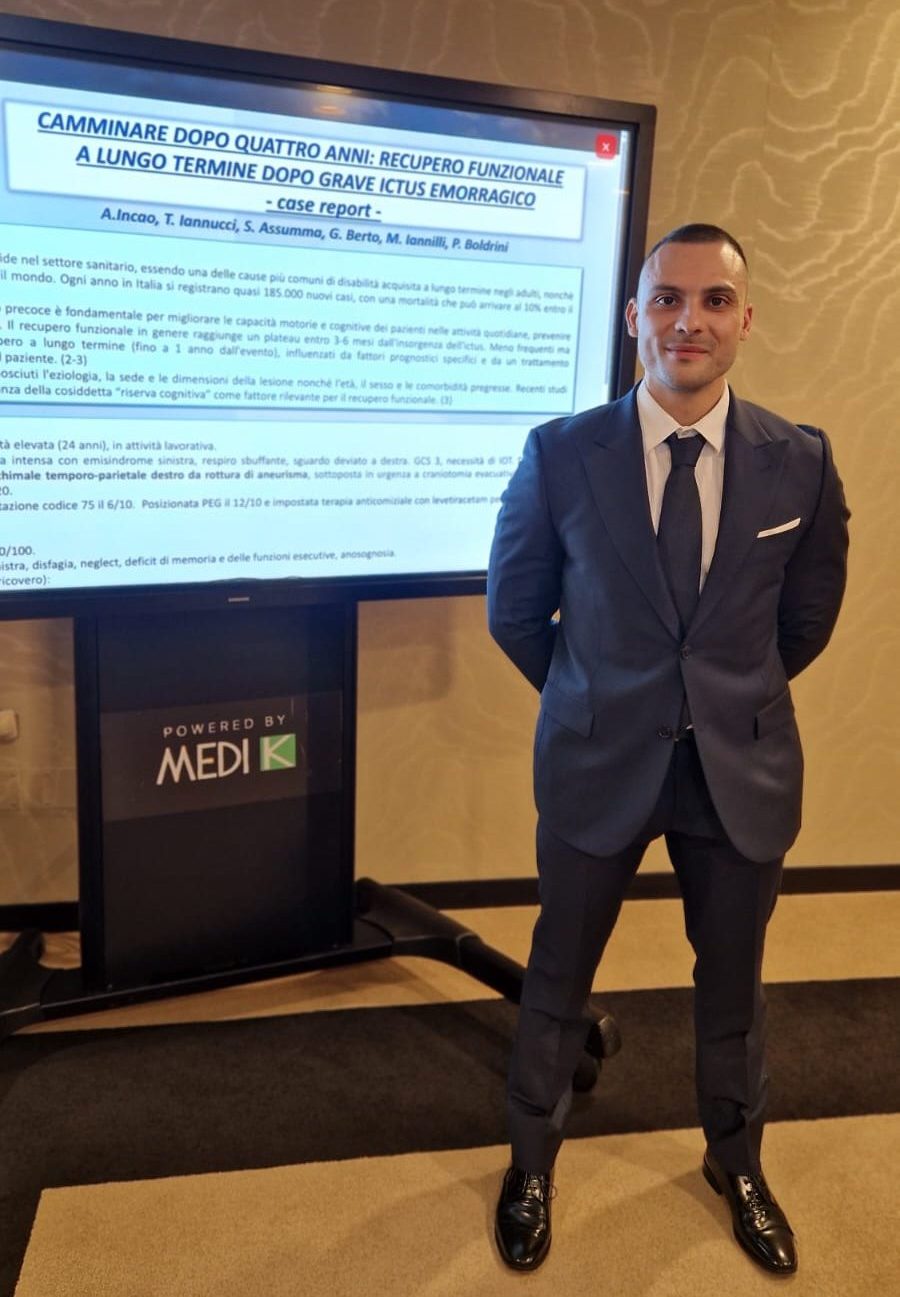
In the end, Dr. Assumma showed a poster with a long-term clinical case about a patient who had a brain haemorrhage from a ruptured aneurysm. Thanks to intensive and early treatment, coordinated by a multidisciplinary team, she made a significant recovery in both motor and cognitive skills, despite the severity of the acute event. In conclusion, the Congress confirmed the importance of teamwork in neurological rehabilitation, demonstrating how the integration of different skills can positively influence therapeutic outcomes. The Casa di Cura Città di Rovigo has once again demonstrated the value of an integrated and personalised approach, emphasising the importance of structured and effective rehabilitation to tangibly improve patients’ quality of life, even in the most complex cases.

